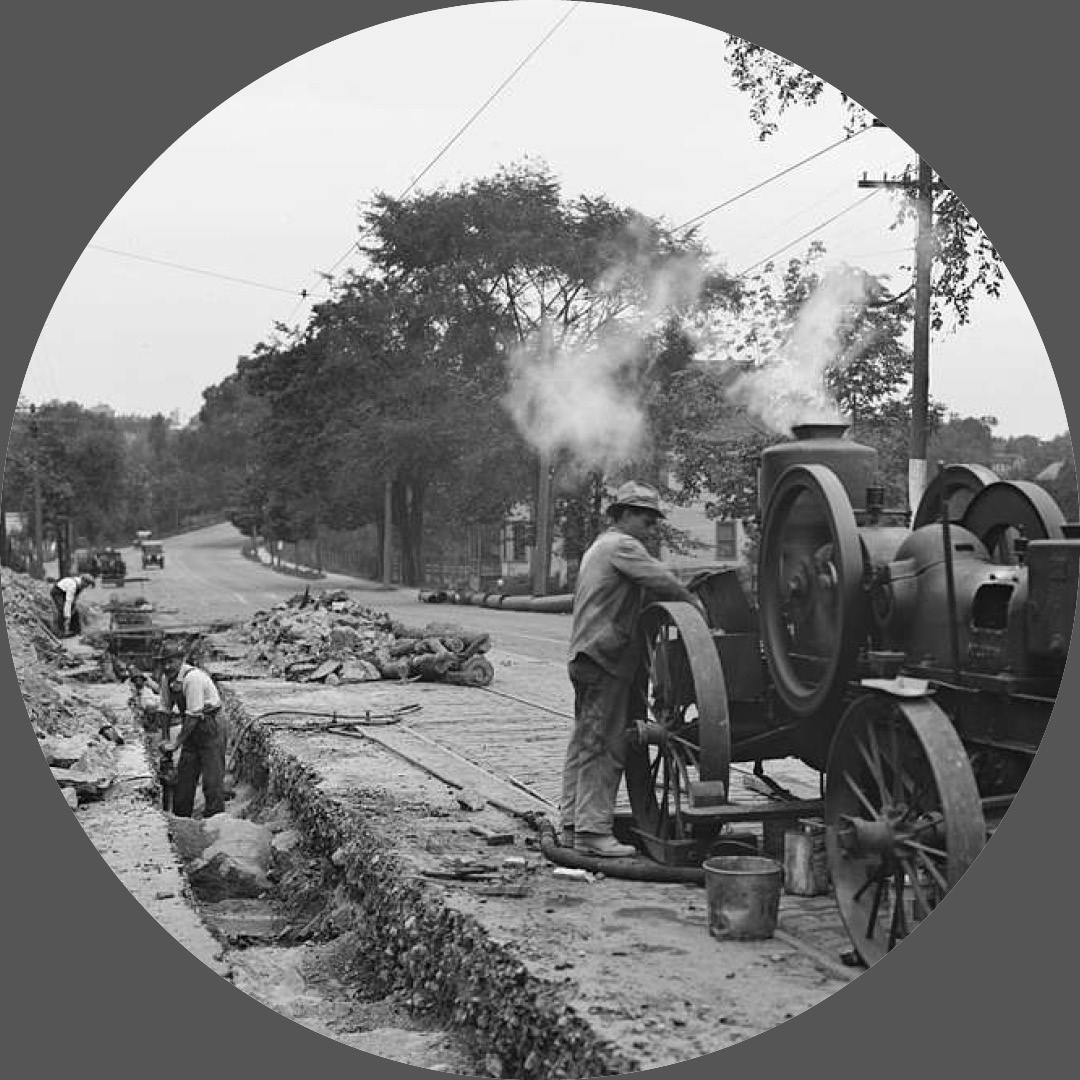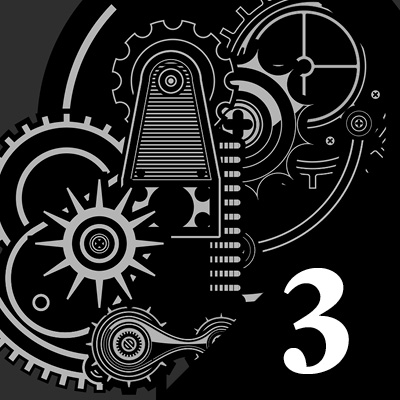Lives of Machines & The Industrial Revolution: 3
A GRANITE BAY DESIGN MICROSITE![]()
 Lives of Machines and
Lives of Machines and
The Industrial Revolution: Part 3
Milestones & Terminology
1794
Invention of the Cotton Gin: U.S.-born inventor Eli Whitney patented the cotton gin, a machine that revolutionized the production of cotton by greatly speeding up the process of removing seeds from cotton fiber. It greatly reduced the time it took to clean cotton and helped the southern states make more money from cotton crops. By the mid-19th century, cotton had become America’s leading export. A cotton gin—meaning “cotton engine”—is a machine that quickly and easily separates cotton fibers from their seeds, enabling much greater productivity than manual cotton separation. The fibers are then processed into various cotton goods such as calico, while any undamaged cotton is used largely for textiles like clothing. The separated seeds may be used to grow more cotton or to produce cottonseed oil. Handheld roller gins had been used in the Indian subcontinent since at earliest AD 500 and then in other regions.The Indian worm-gear roller gin, invented sometime around the 16th century, has, according to Lakwete, remained virtually unchanged up to the present time. A modern mechanical cotton gin was created by American inventor Eli Whitney in 1793 and patented in 1794. [1]
What Are Jointers?
Many older jointers and less commonly planers used a style of cutterhead now known as “clamshell”. A clamshell head has two or more steel or cast iron covers that bolt to the cutterhead to make the head “round”. The covers in turn sandwich the knives between the cover and the cutterhead, holding them in place. Ironically, clamshell cutterheads were often referred to as “safety cutterheads” in old literature. The clamshell cutterhead was in part designed to replace the also dangerous square head which was bad about grabbing items (including arms and hands) and pulling them into the machine. With the theory that a round cutterhead would be less likely to pull a hand into the machine, it was dubbed a “safety head.” Unfortunately, engineers at the time did not realize that the design was flawed and could lead to disaster when the clamshells failed. Because of safety issues, the clamshell style of cutterhead is no longer used by modern manufacturers.
[2]
“Time waste differs from material waste in that there can be no salvage. The easiest of all wastes and the hardest to correct is the waste of time, because wasted time does not litter the floor like wasted material.”
Henry Ford
The Industrial Revolution



How Did the Industrial Revolution Impact Society? Although the Industrial Revolution occurred approximately 200 years ago, it is a period that left a profound impact on how people lived and the way businesses operated. Arguably, the factory systems developed during the Industrial Revolution are responsible for creating capitalism and the modern cities of today. Before this period, most households made their living farming and lived primarily in small, rural communities. With the advent of factories during the 18th century, people began working for companies located in urban areas for the first time. Often the wages were low, and conditions were harsh. However, working for such businesses still paid a better living wage than farming. 1 Peter N. Stearns. “The Industrial Revolution in World History.” Routledge, 2020. Production efficiency improved during the Industrial Revolution with inventions such as the steam engine. The steam engine dramatically reduced the time it took to manufacture products. More efficient production subsequently reduced prices for products, primarily due to lower labor costs, opening the marketing doors to a new level of customers.. [3]
[1] is from one of two sources, either Riyasamdani or Historic UK. [2] is from the Vintage Machinery Wiki Knowledge Base and [3] is from The Gutenberg Project section on The Industrial Revolution. The period photographs are from a variety of public domain sources. You can use the thumbnail gallery below to navigate through the site.











